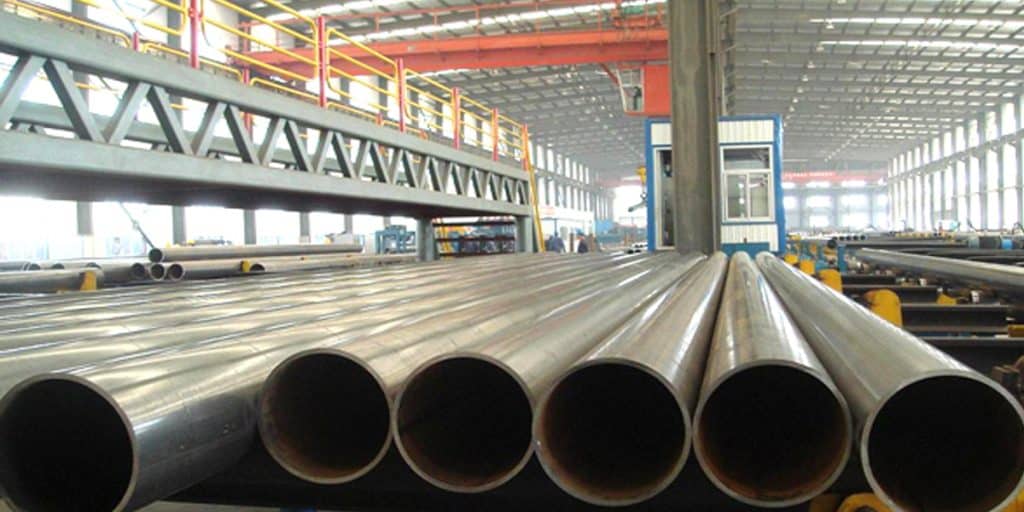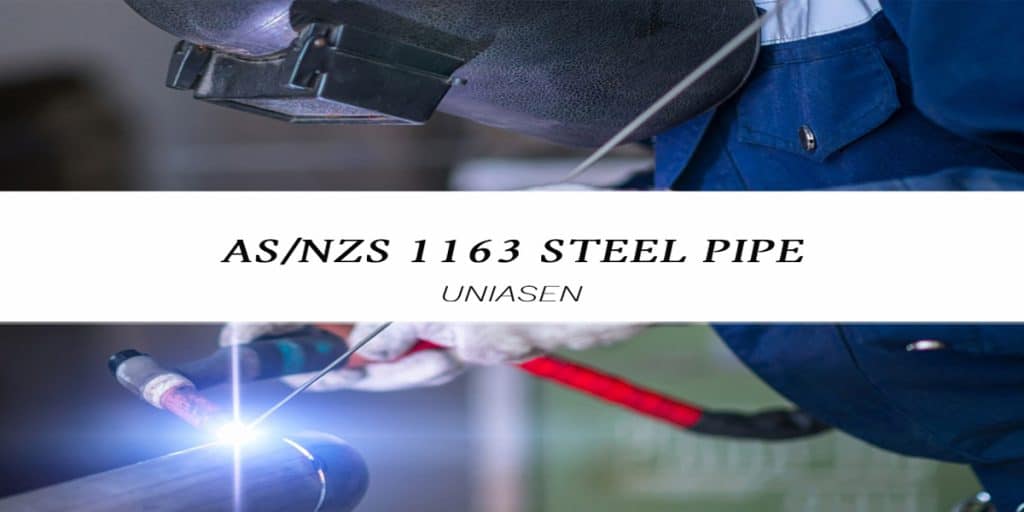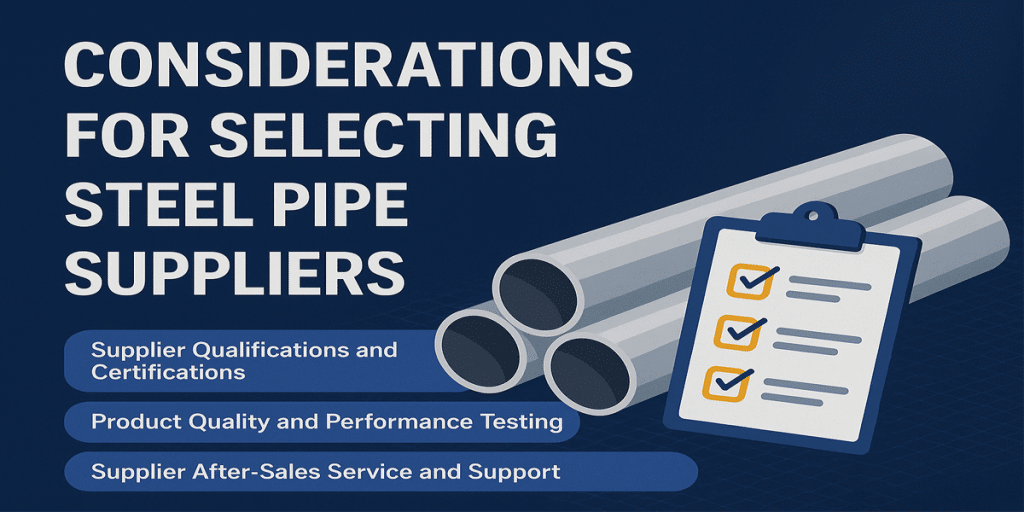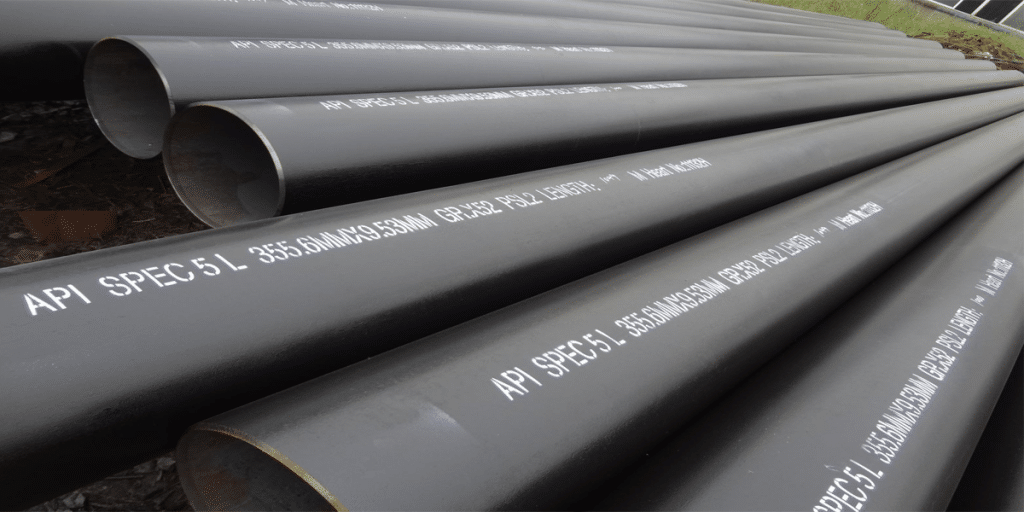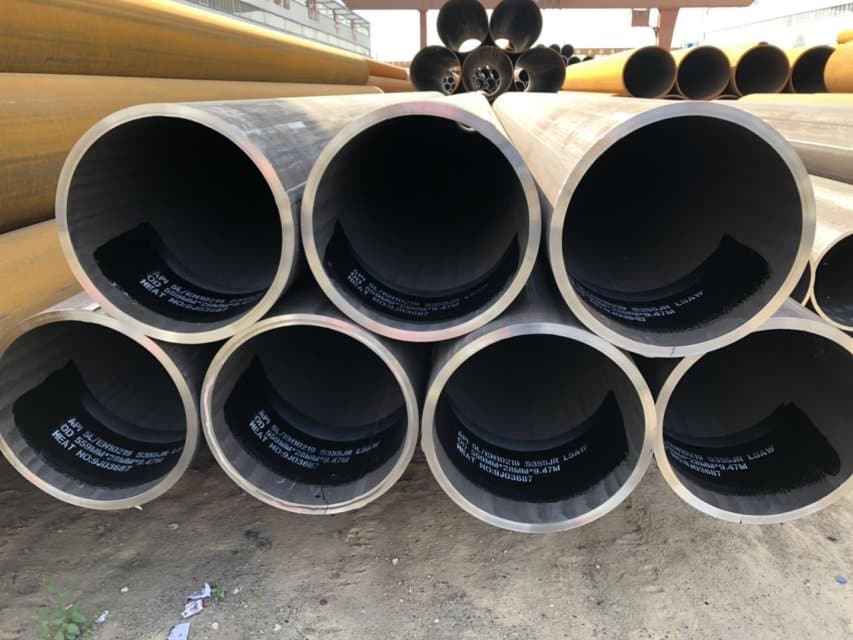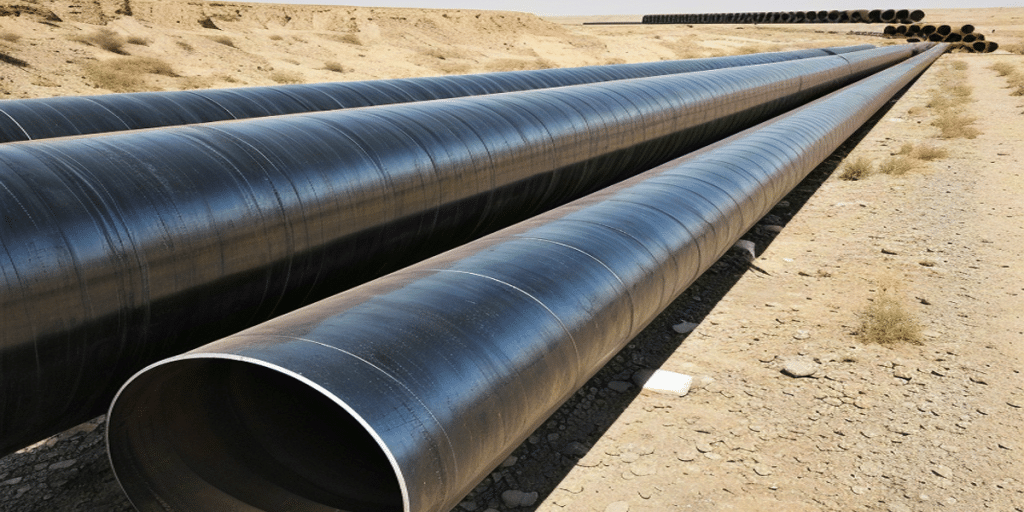- 1. What is ASTM A53? How can I quickly verify if a product is compliant?
- 2. What key factory tests are mandatory? What are the requirements for hydrostatic testing/electrical testing/UT?
- 3. How should I choose between ERW, LSAW, and seamless pipes? (Concise Comparison)
- 4. Are ERW pipes “prone to leakage/fracture”? How to prevent this?
- 5. Common On-Site Installation Failures and Quick Remedies
- 6. How can I quickly assess quality from the MTC (Mill Test Certificate)?
- 7. LONGMA’s Advantages and Contact Information
ASTM A53 is a commonly used specification for seamless and welded carbon steel pipes, suitable for mechanical applications and fluid transfer (steam/water/gas/air) scenarios. Common questions focus on: pipe type selection (ERW/LSAW/seamless), weld integrity (especially for historical low-frequency ERW pipes), factory and on-site testing (e.g., hydrostatic testing, UT/RT, electrical testing), as well as coating and installation protection. Below are clear answers, bases, and practical recommendations in a Q&A format to facilitate engineering decision-making and procurement.
What is ASTM A53? How can I quickly verify if a product is compliant?
ASTM A53 covers specifications for seamless and welded (including ERW, Furnace-welded, LSAW, etc.) black steel pipes and hot-dip galvanized steel pipes, with a typical size range from NPS 1/8 to NPS 26 (DN6–DN650). It is used in mechanical and pressure applications (steam, gas, liquids, etc.). When purchasing, please request and verify the Mill Test Certificate (MTC), specification number (A53/A53M), material grade (Grade A/B), and factory test report.
What key factory tests are mandatory? What are the requirements for hydrostatic testing/electrical testing/UT?
ASTM A53 mandates mechanical property tests, chemical composition tests, and specified Non-Destructive Testing (NDT) (e.g., electrical testing for Type E pipes). It also specifies minimum hydrostatic test pressures: approximately 2,500 psi for pipes with NPS 3 or smaller; approximately 2,800 psi for pipes larger than NPS 3. The pressure holding time is usually no less than 5 seconds, and manufacturers may increase this duration per contract terms. Include these tests as contract items and retain the test records.
How should I choose between ERW, LSAW, and seamless pipes? (Concise Comparison)
Selection Based on Application and Cost-Effectiveness
- Small-diameter, structural, or general transfer applications: ERW(low cost, fast delivery).
- Medium-to-large diameter, pressure-bearing, or high weld requirement applications: LSAW(excellent weld strength and consistency).
- High-pressure or extreme operating conditions: Seamless pipes(priority choice).
Quick Reference Table
| Pipe Type | Manufacturing Method | Advantages | Limitations / Applicable Scenarios |
| ERW | Uncoiling steel coils and forming pipes via electric resistance welding | Low cost; suitable for small-to-medium diameters; fast supply | Older low-frequency ERW pipes have weld sensitivity (strict NDT required) |
| LSAW | Formed by longitudinal submerged arc welding (processes like JCO/UOE) | Suitable for large diameters; stable weld quality | Higher manufacturing cost and longer lead time |
| Seamless | Manufactured via integral hot rolling or cold drawing | High strength; suitable for high-pressure/high-temperature conditions | Higher cost; limited size range |
Are ERW pipes “prone to leakage/fracture”? How to prevent this?
Historically, low-frequency (LF) ERW pipes did have issues such as “selective seam weld corrosion, cold welding, and hook cracks”—risks that are higher for old pipes or those without proper post-treatment. However, modern high-frequency ERW pipes and sound processes (in-line electrical testing, factory UT, or hydrostatic testing) can significantly reduce these risks. On the operation side, risks can also be controlled through in-line inspection, cathodic protection, and regular NDT.
Common On-Site Installation Failures and Quick Remedies
- Weld leakage: Cut and rework the weld, then verify via UT/RT; conduct local or full-section hydrostatic testing after rework.
- Flange/joint leakage: Inspect the gasket, clean the flange surface, retighten bolts using cross-torque method, and perform a second pressure test.
- Coating damage/holiday defects: Conduct local rust removal → touch up with FBE/epoxy → verify via holiday test; consider adding cathodic protection.
These steps are based on ASTM A53 factory tests and industry NDT/pipe integrity practices (recommendations from PHMSA/PRCI).
How can I quickly assess quality from the MTC (Mill Test Certificate)?
Key checklist for verification:
- Specification number (A53/A53M)
- Grade (A/B)
- Type (E/F/S)
- Chemical composition
- Mechanical properties (YS/TS/elongation)
- NDT reports (hydrostatic testing/UT/RT/electrical testing)
- Manufacturing date and batch number
If the contract or engineering specifications require additional tests (impact testing, PWHT), clearly state these in the purchase order and request a complete report.
LONGMA’s Advantages and Contact Information
LONGMA is a steel pipe manufacturer with over 20 years of production experience, specializing in ERW and LSAW round pipes. We support factory inspection in accordance with ASTM A53 and customized technical requirements. We provide:
- Strict factory inspection (factory UT/electrical testing, mandatory hydrostatic testing, complete MTC).
- Engineering-level technical support (selection recommendations, NDT planning, on-site installation guidance).
- Various surface treatments and packaging (black pipes, hot-dip galvanization, FBE/epoxy coatings), with supply and sampling available per project requirements.
If you need samples, technical data sheets, or quick project quotes, please use the contact form on our website or send an inquiry email to our business team (see “Contact Us” page on our website / company email). LONGMA will provide prompt technical/quotation support upon receiving your request.
References and Bases (Five Key Authoritative Sources)
- ASTM A53 Specification Description (scope and applicability).
- ASTM A53 Hydrostatic Testing and Minimum Pressure Holding Parameter Description (industry data compilation).
- ERW/LSAW/seamless pipe manufacturing processes and selection recommendations (industry technical articles).
- PHMSA/PRCI research and prevention/control recommendations on ERW weld failure (selective seam weld corrosion).
- Industry NDT, factory inspection, and testing requirements (UT/RT/electrical testing, MTC requirements).

